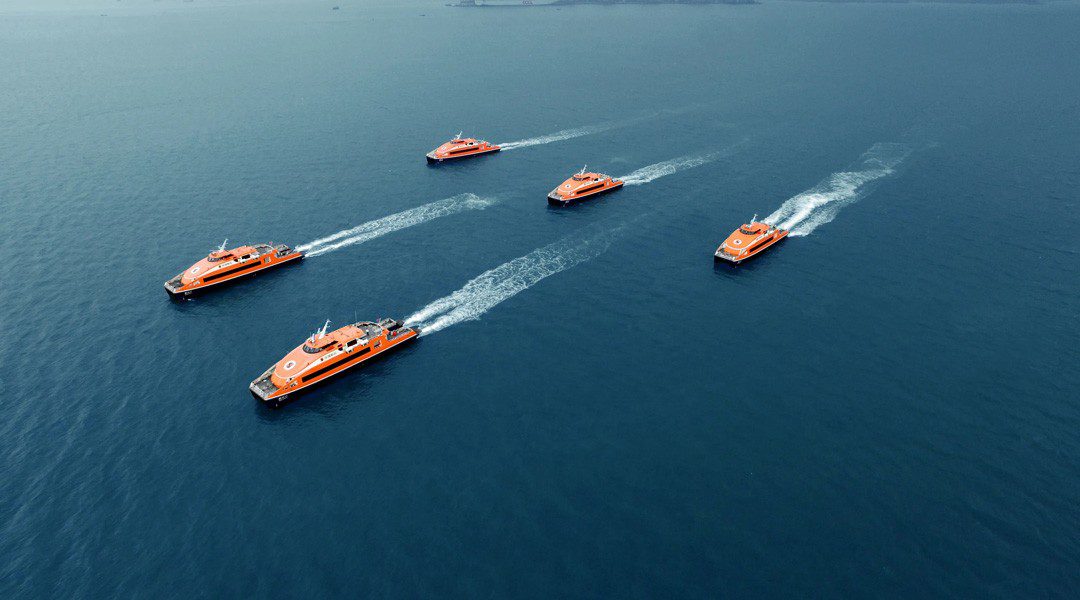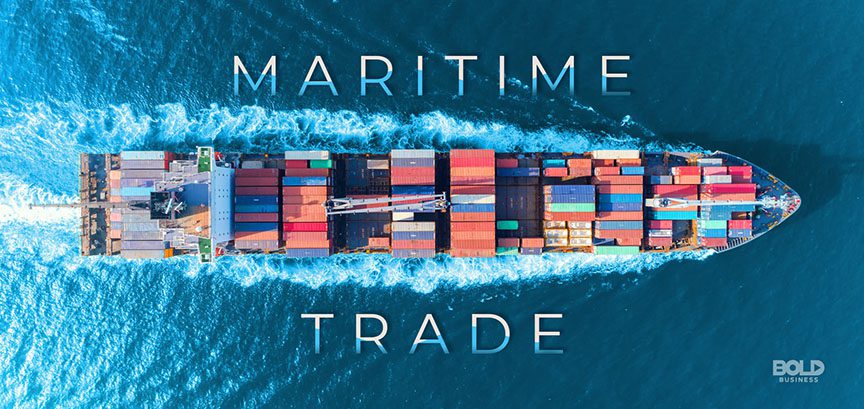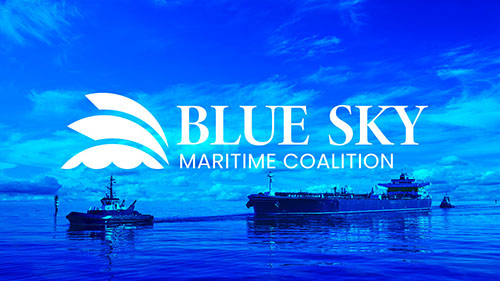1. Port Overview and General Notices
– Pohang Port is a major commercial and industrial port in South Korea, managed by the Pohang Regional Office of Oceans and Fisheries (ROF) under the Ministry of Oceans and Fisheries (MOF). Official port code: KRPUS (UN/LOCODE).
– Designated as a “Type 1 Port” under Korean Port Law (Article 3). Primary cargoes: bulk (coal, iron ore), containers, liquid bulk (oil, chemicals), and steel products.
– Operating hours: 24/7, but specific terminals (e.g., POSCO private terminal) may impose restrictions. Night operations require prior approval.
– Port limits: Defined as the area within 36°00’N-36°05’N and 129°20’E-129°30’E. Vessels must report entry/exit to Pohang VTS.
– Port authority website: www.port.pohang.go.kr (official information source).
– Time zone: UTC+9 (Korea Standard Time), no daylight saving.
2. Navigation and Pilotage
– Compulsory pilotage for vessels >500 GT (Korea Maritime Safety Act, Article 22). Pilot boarding area: 36°01’N, 129°25’E (1.5 NM northeast of breakwater). Pilot transfer requires IMO-compliant ladder and daylight preference.
– Main channel: Dredged depth 15-18m, width 200m. Secondary channel (North Port) depth 12m. Tide range: 1.2m (mean); max current 2 knots near breakwater.
– VTS requirements: Mandatory AIS and VHF Ch 12/16 monitoring. Night navigation requires Pohang VTS approval (submit plan 12h prior).
– Restricted zones: 0.5 NM exclusion around LNG terminal (36°02’N, 129°27’E) and naval base.
– Tug requirements: Minimum 2 tugs for vessels >200m LOA, 3 tugs for >250m LOA (Pohang Port Regulation 2023-4).
– Under-keel clearance: Minimum 10% of draft or 1m, whichever is greater.
3. Anchorage Areas
– Designated anchorage: 36°03’N, 129°28’E, depth 20-25m, sandy bottom. Max stay: 72h without ROF extension. Holding ground reliability: Good (tested 2022).
– Emergency anchorage: 36°04’N, 129°26’E (depth 30m) for storms. Requires VTS coordination.
– Prohibited areas: Within 0.5 NM of breakwater, LNG terminal, or submarine cables (marked on charts).
– Anchoring procedure: Must maintain VHF watch on Ch 16 at all times while anchored.
– Anchor watch: Mandatory position monitoring every 30 minutes (Pohang Port Notice 2024-1).
4. Berthing Facilities
– North Port (Bulk Terminals):
– Berths 1-6: Max LOA 300m, draft 16m. Equipment: 4× grab cranes (50T capacity), conveyor system (10,000 MT/hr).
– Dedicated coal berth (No.3): Dust suppression systems mandatory.
– South Port (General Cargo/Containers):
– Berths 7-10: Max LOA 250m, draft 14m. Container cranes (2× Post-Panamax), RoRo ramp at Berth 9.
– POSCO Private Terminal:
– Berths P1-P2: Steel products only. Max LOA 280m, draft 15m. Security: ISPS Level 1+ (additional checks).
– Liquid Terminal:
– 2× oil berths (max draft 17m), 1× chemical berth (IMO Class II compliance required).
– Bollard capacities: Minimum 75T SWL at all berths (tested annually).
– Fender systems: Rubber cone fenders (D1.5m) at all berths, inspected quarterly.
5. Cargo Operations
– Bulk cargo:
– Coal/iron ore: Avg loading rate 10,000 MT/day (grab cranes). Hatch cover inspections required before operations.
– Grain: Silos (capacity 200,000 MT). Dust control via water spray (MOF Regulation 2021-15).
– Hazardous cargo:
– IMDG Code compliance. 48h pre-arrival notice to ROF (cargo manifest, MSDS).
– Tankers: COW/VECS required for crude carriers >20,000 DWT.
– Steel products: POSCO terminal requires special lashing plans (per IMO MSC.1/Circ.1353).
– Container operations:
– Max working wind speed: 15m/s (Beaufort 7).
– Reefer plugs: 100 available at Berth 8 (440V/60Hz).
– Breakbulk handling:
– Max single lift: 150T (prior notice required for >100T lifts).
6. Safety Regulations
– Mooring: Pre-arrival inspection by Port State Control (KR/IMO checklist). Minimum 8 lines for vessels >200m LOA.
– Hot work: Permit from Harbor Master (12h notice). Firewatch and extinguishers mandatory.
– Oil spill response: Tier 1 equipment on-site for tankers (confirmed by ROF inspection).
– Gangways: Must comply with ISO 5488 and be illuminated at night.
– Emergency drills: Mandatory within 24h of berthing (fire, abandon ship, oil spill).
– Working aloft/overboard: Permit required from terminal operator.
– Radiation monitoring: All scrap metal shipments subject to scanning.
7. Environmental Compliance
– Ballast water: IMO D-2 standard enforced (KR testing on 10% of arrivals).
– Zero discharge: Sewage/garbage prohibited within 12 NM of port (MARPOL Annex IV/V).
– Air emissions: 0.1% sulfur fuel at berth (Korea Clean Air Policy Act). Scrubbers require prior approval.
– Noise control: Night operations (2200-0600) must be <75 dB at port boundary.
– Waste reception: Mandatory use of port facilities (fee included in port dues).
– Anti-fouling: TBT-based paints prohibited (IMO AFS Convention).
8. Emergency Contacts
– Pohang VTS: VHF Ch 12/16 (primary), +82-54-270-7114 (backup).
– Port Authority: +82-54-270-7000 (24h operations center).
– Coast Guard: 122 (emergency), VHF Ch 16.
– Medical: Pohang St. Mary’s Hospital (+82-54-245-5114) – hyperbaric chamber available.
– Pilots: +82-54-270-7150 (24h contact).
– Port State Control: +82-54-270-7120.
9. Special Notices
– Typhoon season (July-September): Mandatory evacuation if winds >25m/s. Anchorage clearance time: 6h.
– Winter (December-February): Anti-icing for decks/mooring lines (per KR Winter Navigation Guidelines).
– POSCO terminal: Crew/personnel require advance security clearance (submit passport copies 72h prior).
– Port dues discount: 10% for vessels using shore power (approved by MOF in 2023).
– Cyber security: Mandatory reporting of any IT system breaches (Korea Shipping Act 2022).
– Strike contingency: Alternative berthing arrangements available during labor disputes.





